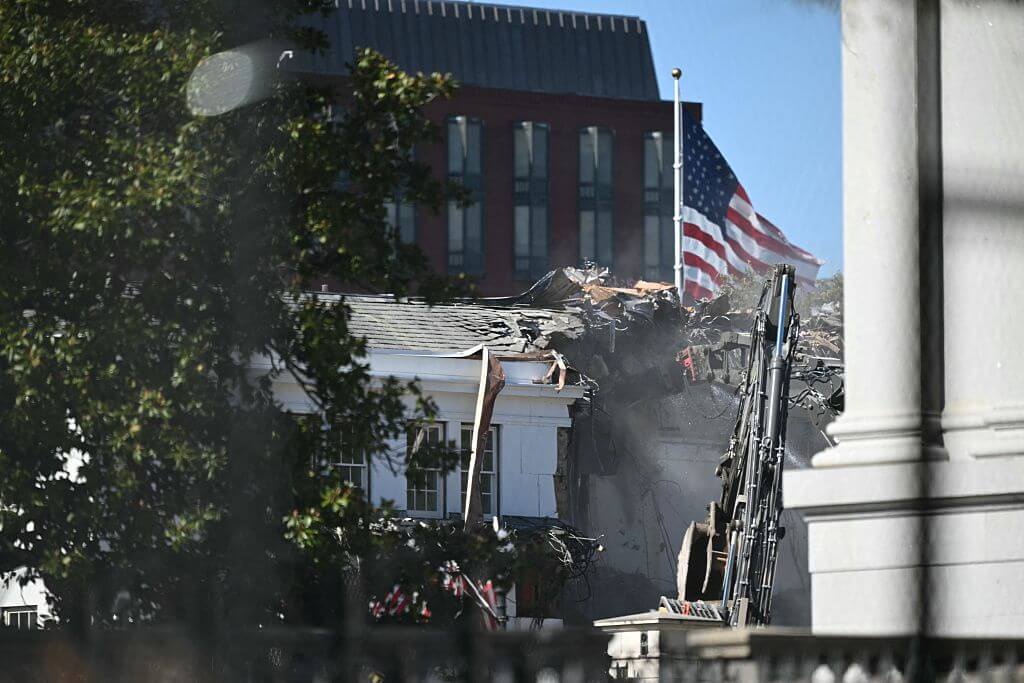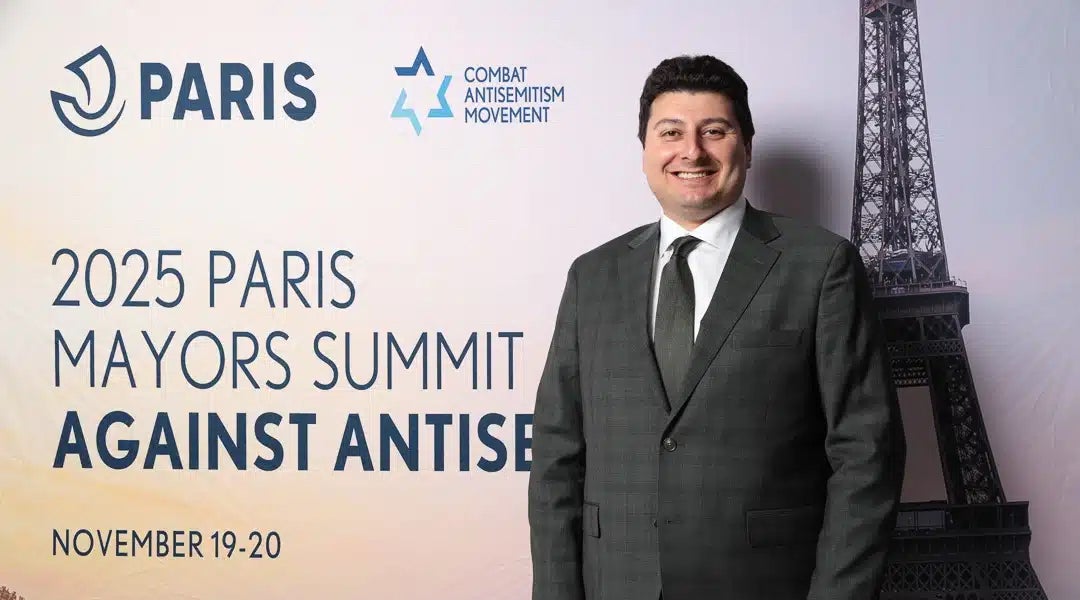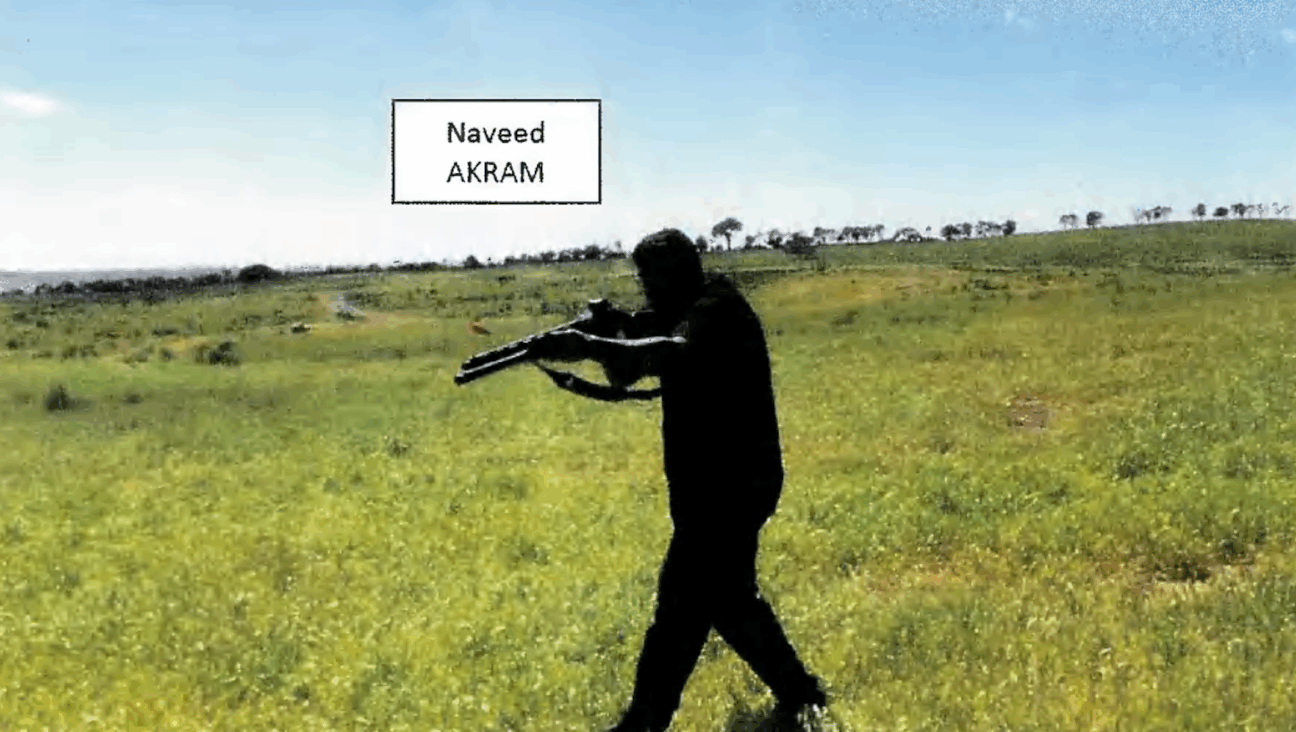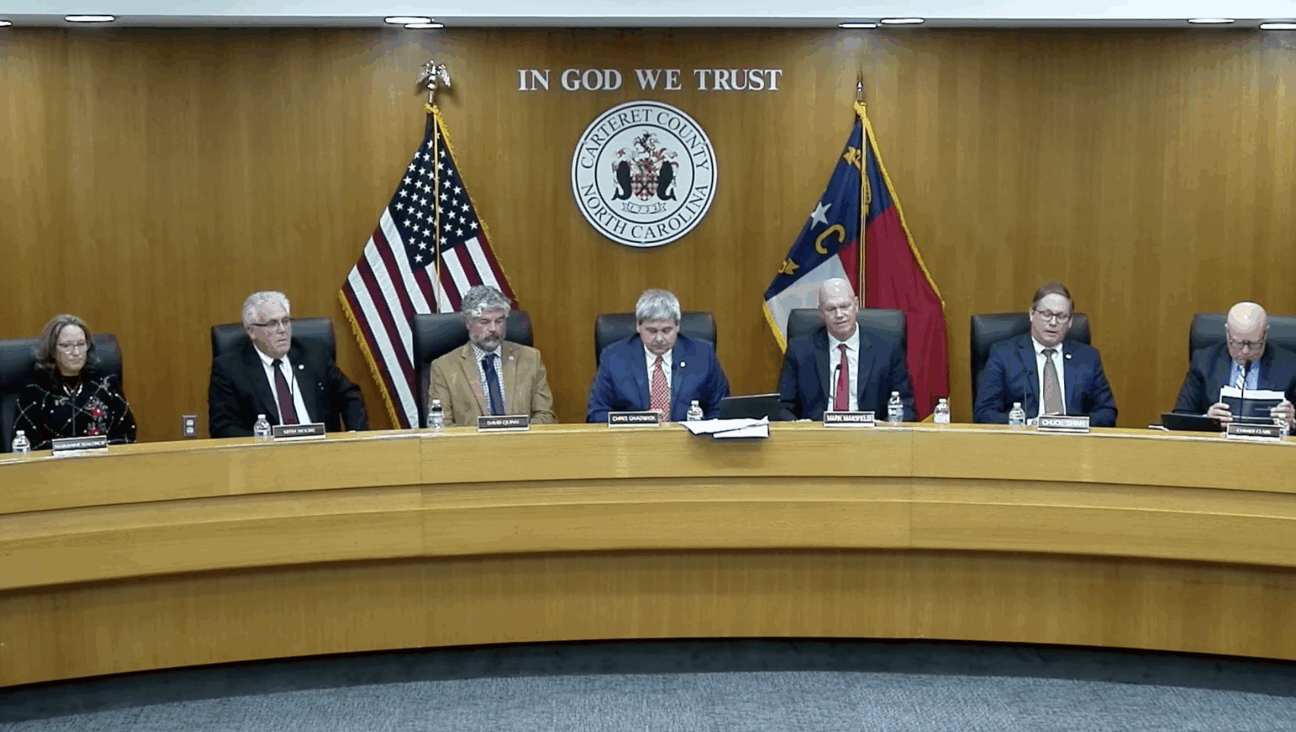The World War II origins of the White House East Wing, now demolished
The modern East Wing was built to conceal an underground bunker in the aftermath of Pearl Harbor

Heavy machinery tears down a section of the East Wing of the White House as construction begins on President Donald Trump’s planned ballroom Oct. 21. Photo by Drew Angerer/AFP via Getty Images
When the White House East Wing was reduced to rubble this week to make way for a lavish ballroom, a physical piece of World War II history went down with it.
The modern East Wing was constructed in 1942 under Franklin Delano Roosevelt to conceal an underground White House bomb shelter built in the aftermath of Pearl Harbor.
The bunker was designed to withstand a “direct nuclear hit” while a two-story extension to the East Wing on top of the underground shelter helped hide it.
“It was a time of great fear, particularly for the president and for the White House,” Cynthia Koch, former director of the Franklin D. Roosevelt Presidential Library and Museum, told the Forward. The bunker was “part of what they were doing during the war to protect the president, in every way they could think.”
The construction expanded upon the original East Wing built by Theodore Roosevelt in 1902, which served as a designated entrance for guests arriving in carriages during large social gatherings.
Like President Donald Trump, FDR faced accusations that the renovation was motivated by self-aggrandizement.
“Congressional Republicans labeled the expenditure as wasteful, with some accusing Roosevelt of using the project to bolster his presidency’s image,” according to the White House Historical Association. “The secretive nature of the construction, tied to military purposes, further fueled suspicions.”
But disapproving voices soon quieted, as even critics recognized the East Wing’s “utility in supporting the modern presidency,” according to the association.
The East Wing became the operational hub for the Office of the First Lady, with Eleanor Roosevelt — credited with professionalizing the role — using the space for official functions.
Today, the bunker is called the Presidential Emergency Operations Center and has been outfitted with modern communications equipment. A number of White House personnel sheltered there during the Sept. 11 attacks in 2001, and Trump spent a night there in 2020, during the beginning of the George Floyd protests.
The East Wing has also been the site of White House Hanukkah celebrations, including menorah lighting ceremonies.
Halie Soifer, CEO of the Jewish Democratic Council of America, recalled that “during the holiday season, a military band would play on the East Wing Portico; for Hanukkah, they played klezmer and festive Jewish tunes. My favorite memories of entering — or exiting — the White House include spontaneous hora dancing on the East Wing Portico.”
Now, the entire East Wing has been demolished. The underground bunker is also undergoing security enhancements as part of the construction, according to White House officials, though details remain unclear.
In a statement, the Society of Architectural Historians expressed “great concern” over the demolition and said the new White House ballroom will be the first major change to its exterior appearance since the modern East Wing’s construction in 1942.
The American Institute of Architects also expressed worry over the lack of concern for historic preservation, calling for “rigorous oversight in recognition that the White House is not simply another building; it is the People’s House, a living symbol of democracy and national identity.”
Meanwhile, White House Press Secretary Karoline Leavitt defended the demolition, framing it as a necessary upgrade to host larger events and pointing to past presidents’ construction projects as precedent.
“The East Wing is going to be more beautiful and modern than ever before,” Leavitt said.
Koch said while she supports building improved entertainment spaces at the White House, how the Trump administration went about the demolition was “distressing” as a historian.
“It really demanded consultation, discussion and assurances for everybody that it would be done in the most sensitive possible way, respecting the building,” Koch said. “It is sad to see the outright destruction of it, rather than taking a thoughtful approach to replacing it.”















